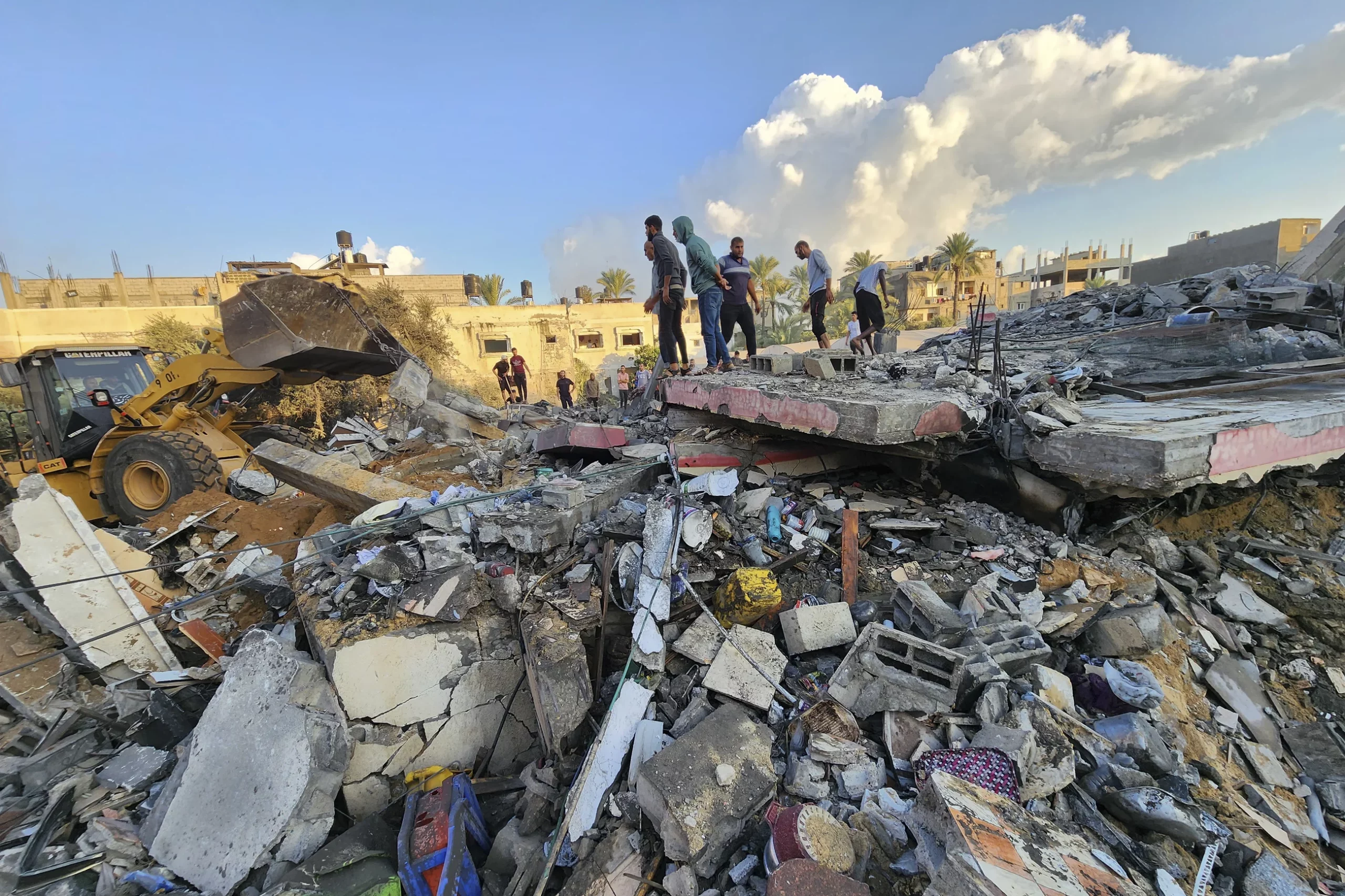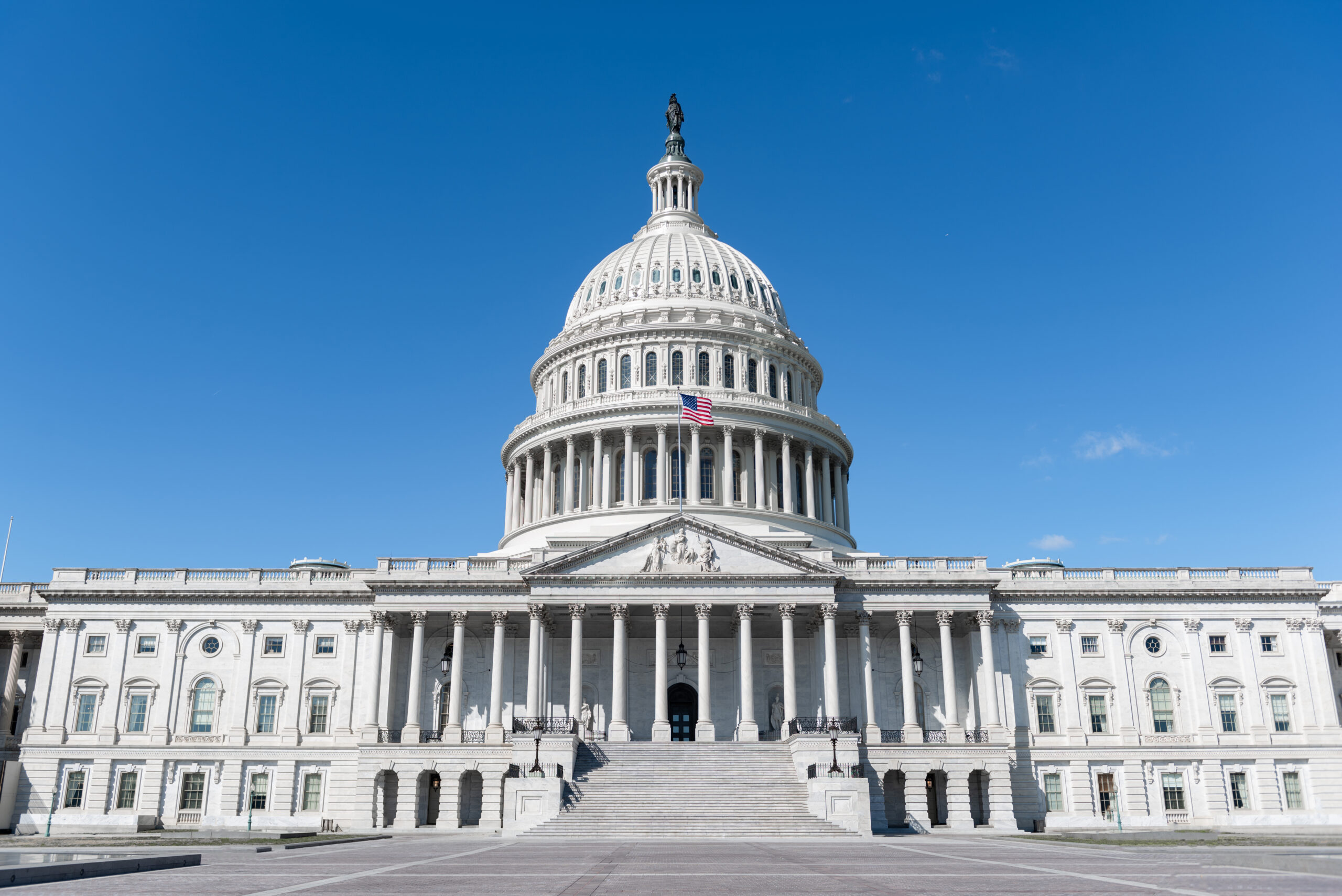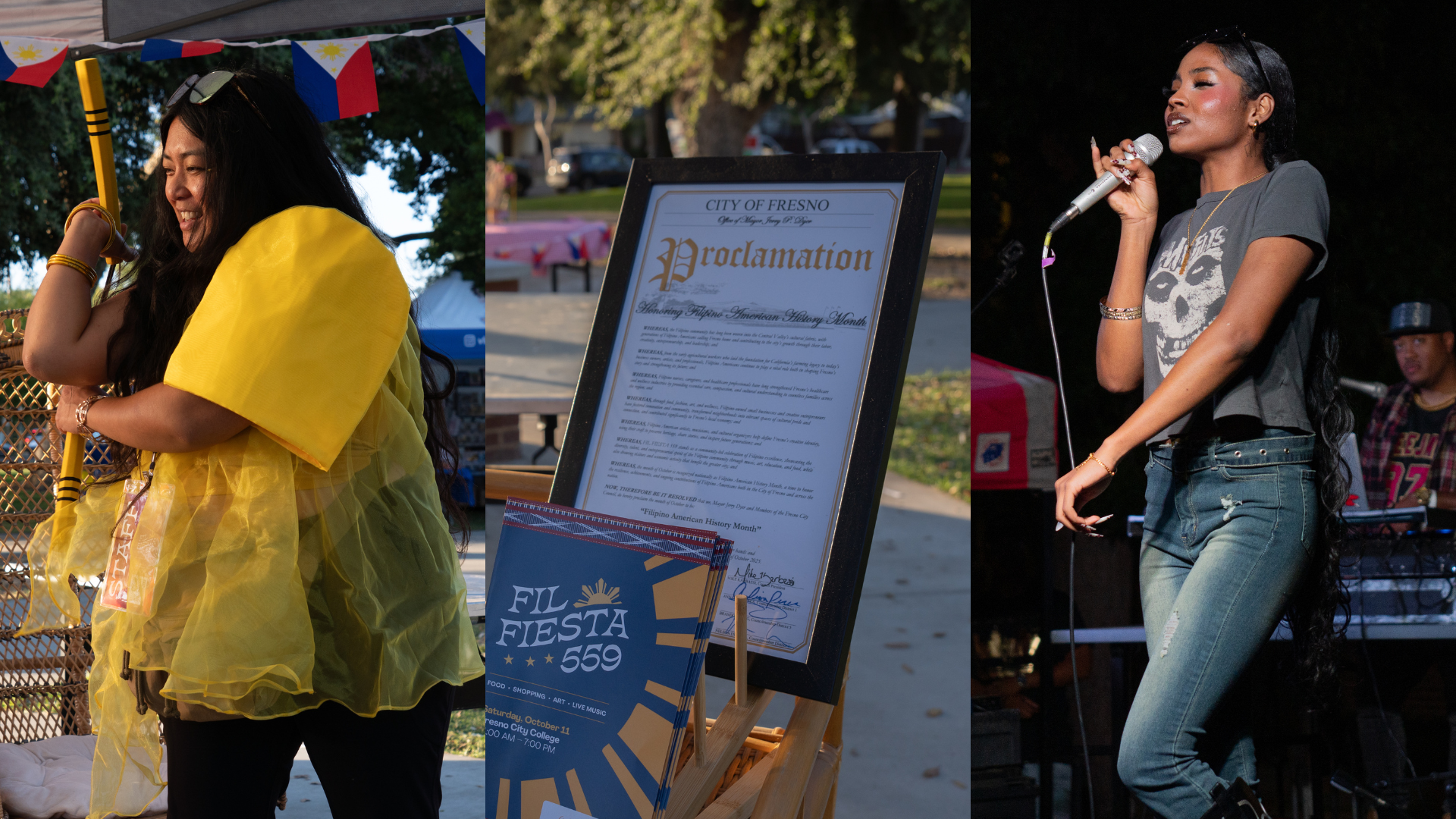
After recent events in the Middle East, President Joe Biden told a group of Jewish leaders in the White House, “I never really thought that I would see, have confirmed, pictures of terrorists beheading children.”
Since this quote was released to the press, White House officials have since withdrawn that statement, saying that neither the administration nor Biden have seen verified photos as the ones he described.
In fact, they also mentioned that Biden was referring to photos and discourse he had seen on social media himself.
Misinformation, especially in the age of social media, has started to become one of the biggest problems with modern news reporting. In cases like with President Biden, misinformation can sway the opinions of millions of people, creating an entire movement based off of something that was never true to begin with.
In the age of smartphones, there is more video and photo documentation coming out of places like Gaza and Israel in situations where we wouldn’t have documentation in the past.
This kind of technology has been the backbone of many movements across the globe, most notably starting in Iran in 2009, when a flood of social media attention caused the general public to become aware of extreme election misconduct by the Iranian government.
Social media is a tool used by activists to let the public quickly become aware of injustices and social justice movements. It also means that the general public doesn’t have to rely on a government’s approved published media, which might be created to hide the realities of the situation in favor of themselves.
Technology has been groundbreaking for drawing attention to global injustices, but it is easy to manipulate photos and videos to convince viewers of something that isn’t true, like by doctoring footage or misrepresenting what is happening.
Misinformation has been one of the biggest issues surrounding the news reporting of what is happening in Gaza and Israel. There are so many unverified reports, misrepresenting videos, and just flat out years-old videos being applied to the situation at hand, meaning that many people have formed their opinions based off of fiction. Or, they aren’t sure who to believe.
It doesn’t help that many American celebrities have been guilty of spreading untrue images and videos, and the general public is more susceptible to misinformation coming from someone they recognize, like a public figure or a government official.
Recently Justin Bieber faced backlash for an Instagram story repost of a photo containing the words “Praying for Israel” over a photo of the bombed and destroyed city of Gaza in ruins.
He later deleted the story and replaced it with just the words “Praying for Israel” and no photo, without ever addressing the misinformation he spread.
Thousands of people saw the original story, and are now swayed to believe that Israeli cities are destroyed and bombed to rubble, and that is simply not the reality.
Especially in such nuanced situations like what is happening in Gaza and Israel, word of mouth is not a satisfactory way of getting information. All information you hear, whether it be via news, social media, or word of mouth, needs to be double checked.
Look for unslanted, unbiased reporting from news outlets. Articles that provide information on current events should also include links to where they sourced the information.
Unfortunately with this current event, journalists aren’t able to get in and out of Gaza safely to do the reporting. This means that the world is relying on video evidence from people inside of the city and the media approved to be published by the Israeli government.
With videos and photos claimed to be taken on the ground in Gaza or Israel, determine when and where the video was taken. Is it truly depicting recent events, or is it from three years ago in a completely different city?
Determine who is publishing the information. Do they have anything to gain from public opinion being slanted in one way?
Governments often use misinformation to fuel their campaigns, even if it might be an injustice to their opposition. This is why we must protect ourselves from propaganda, and make sure that the information we are consuming is factual and verified.


